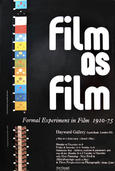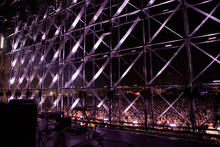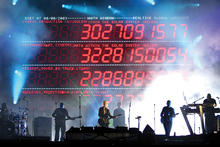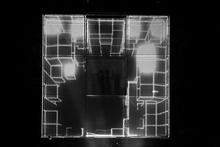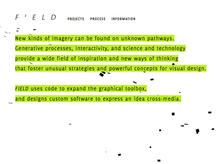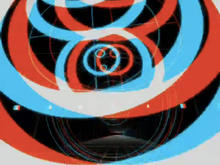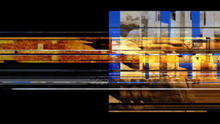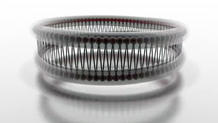Origin
(2011)is the latest development in United Visual Artists' exploration of large-scale responsive LED sculpture. A responsive installation meant to explore our society’s acceptance of a technocratic life form. Score by Scanner.
Origin is the latest installation by United Visual Artists (UVA) to explore and create large-scale responsive LED sculptures. Built from 125 two-meter cubic spaces, Origin is at once both a sculpture and a living being. Linear LED strips are mounted in the cubic lattice network and controlled via computer in a multitude of patterns, rhythms and moods. There are different programs for when Origin powers up, is thinking, working hard, arguing, sleeping, breathing, resting, singing, and much more. Scanner composed the original score for the installation and the lighting was designed to accompany it.
Source: inhabitat
Hedged between the two Bridges on Brooklyn’s shore, a 10m x 10m cube of light both disrupts and reflects the City, eliciting an emotional reaction from those that enter its realm. Origin is the culmination of a series of works derived from Orchestrion, the main stage design created by United Visual Artists for Coachella 2011.
Origin is the product of a collaboration between United Visual Artists and Scanner, who composed the score.
Source: United Visual Artists

